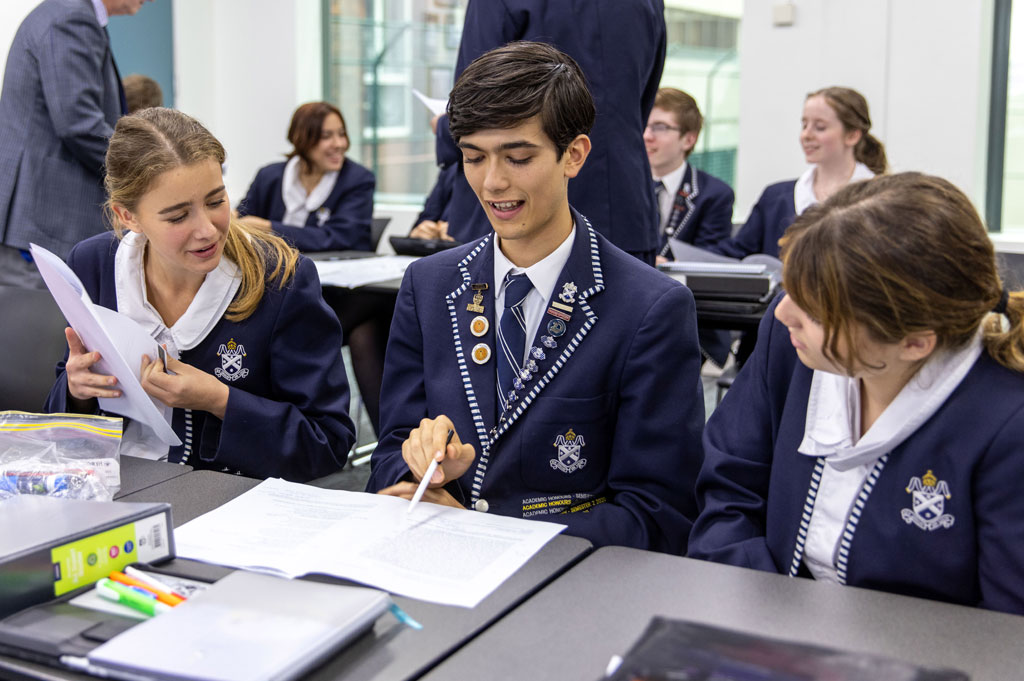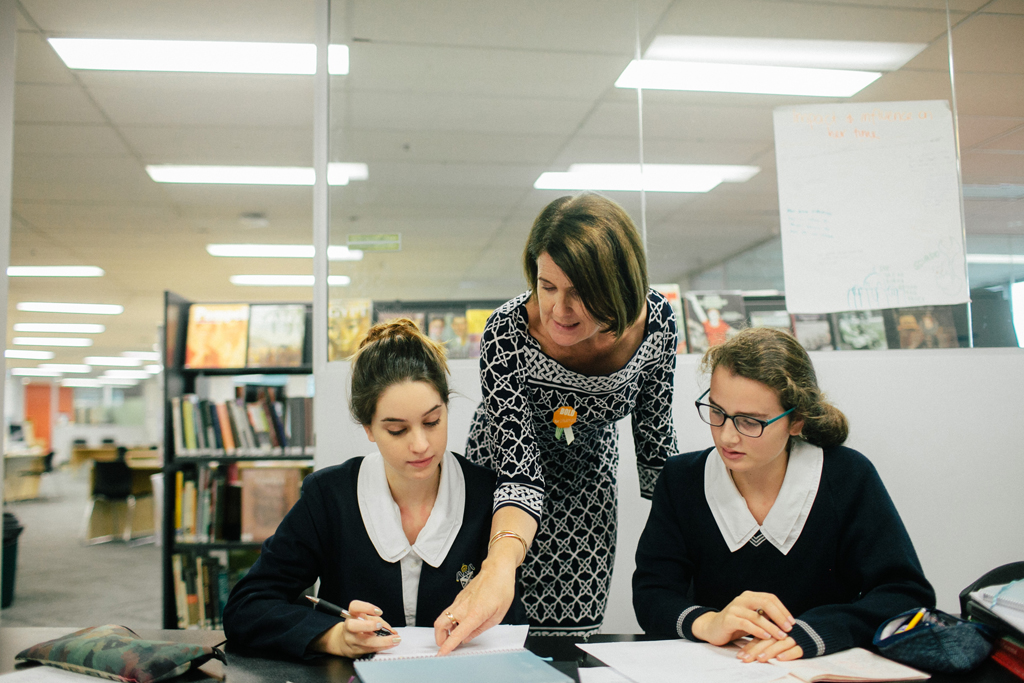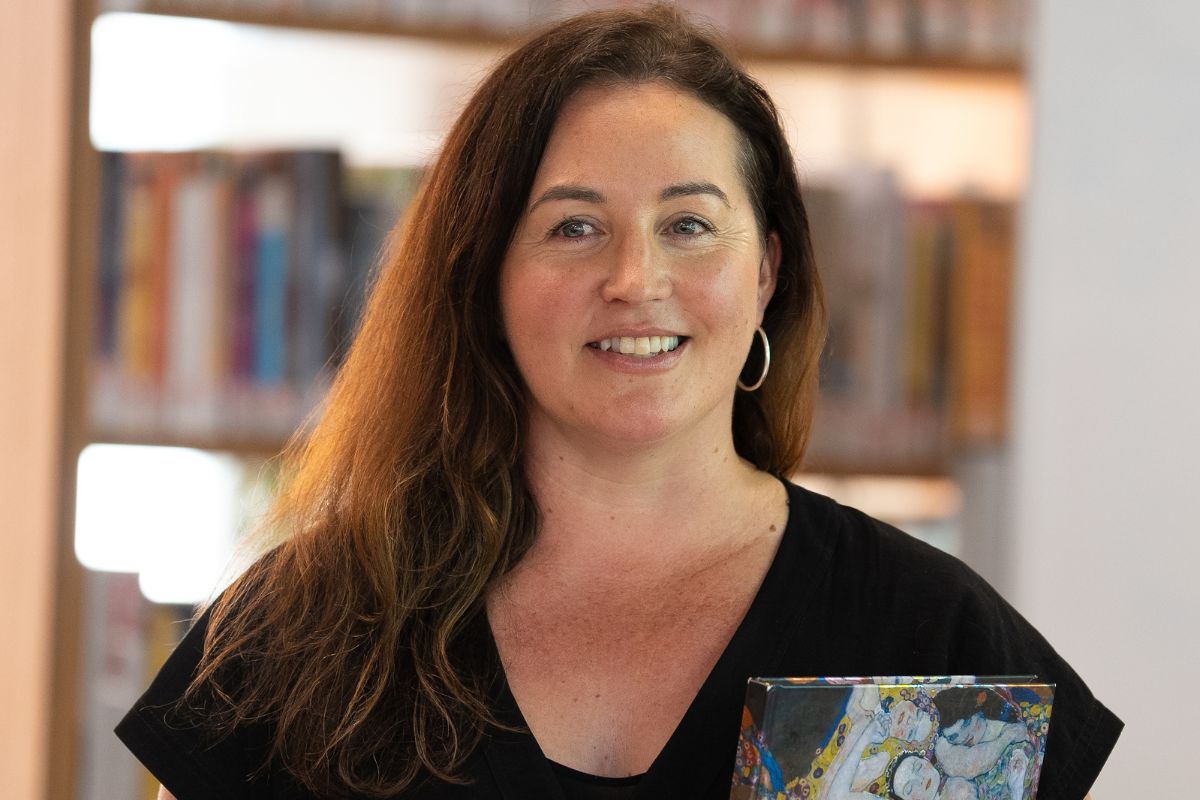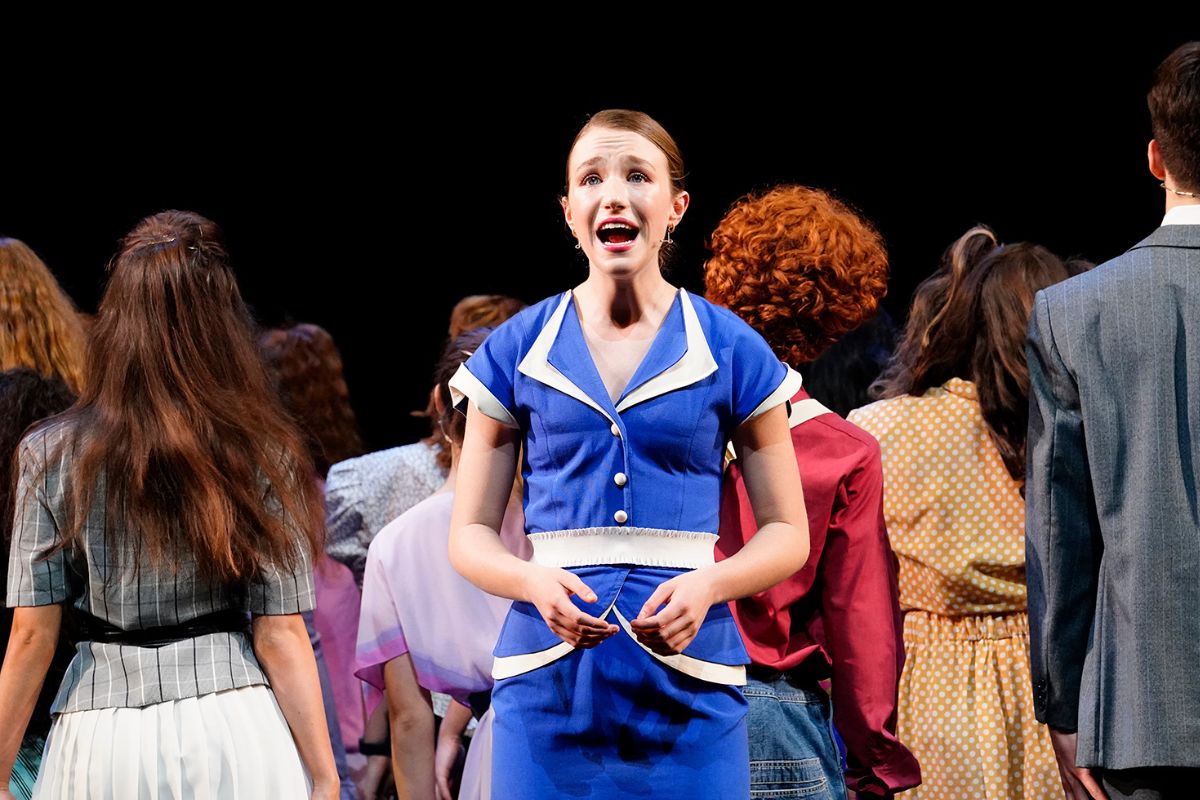Speaking the same language when it comes to literacy

St Andrew’s Cathedral School is an independent Anglican coeducational school for students, Kindergarten to Year 12, located in Sydney’s central business district. It has over 1,440 students, including a dedicated First Nations K-6 school, Gawura.
The School introduced a new programme in 2022 in Years 10-12 that focused on improving and expanding literacy skills for students. Known as ‘Visible Literacy’ it aimed to ensure a shared way of talking about writing structure across faculties, in order to deepen learning and improve student writing.
Driven by St Andrew’s Cathedral School’s Ms Estee Stephenson, Head of Gifted Education and English Teacher, Mrs Lizzie Skipsey, the programme initially began for Years 7-9 students and was so successful, it expanded to Year 10.

The programme was developed because students were being taught a range of strategies to structure writing across different faculties – and this often caused difficulties for them. Ms Stephenson and other specialist members of staff identified the gap by analysing the academic dashboard data, combined with a review of student writing samples.
“It has dramatically improved the written output of our students and they are engaging with writing tasks in a more critical manner,” says Ms Stephenson.
The steady increase in St Andrew’s Cathedral School’s NAPLAN writing results, including the 2022 and 2023 NAPLAN, the best in its history, is a testament to the success of the Visible Literacy programme. The 2022 overall result of 630.6 was in the top 9 of Sydney City and Eastern Suburbs schools, with St Andrew’s Cathedral School, a comprehensive school, competing with a number of selective school’s in that grouping.
Mrs Skipsey says Visible Literacy has multiple benefits for students.
“It is important because using the same terminology across multiple subject areas reduces the cognitive load, that is the amount of information students’ working memories need to process,” she says.

The further impact of the programme can be seen with other subject faculties starting to use it. The initial Visible Literacy programme only included English, History and Geography but has now been rolled out into Science with other faculties having also started incorporating the strategies.
Ms Stephenson says the value of Visible Literacy extends beyond students to their teachers.
“In Human Society and its Environment (HSIE), teachers are more confident in teaching the mechanics of writing, rather than just focusing on structure,” she says.
The Visible Literacy programme is based on the book The Writing Revolution taken from the philosophy of Dr. Judith C. Hochman. Hochman’s world-renowned philosophy offers a method to teach writing to students in the early years through a variety of activities and steps with the aim of establishing strong foundations. The Writing Revolution method is supported by extensive research into effective methods of writing instruction. The research includes the importance of explicitly teaching planning, revising and editing writing. It is also about making writing instruction part of each subject to boost reading, comprehension and learning across all year groups.
To learn more about St Andrew’s Cathedral School’s distinct approach to teaching and learning, please join one of our Head of School Tour.
To book your place, please visit: www.sacs.nsw.edu.au/HOSTours
Published by: ST ANDREW’S CATHEDRAL SCHOOL, SYDNEY
Located in the heart of Sydney’s CBD, St Andrew’s Cathedral School is an innovative, co-educational day school, providing students from […]
- 9286 9500







